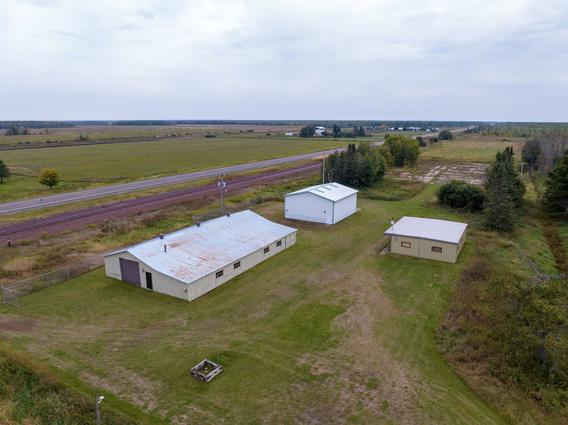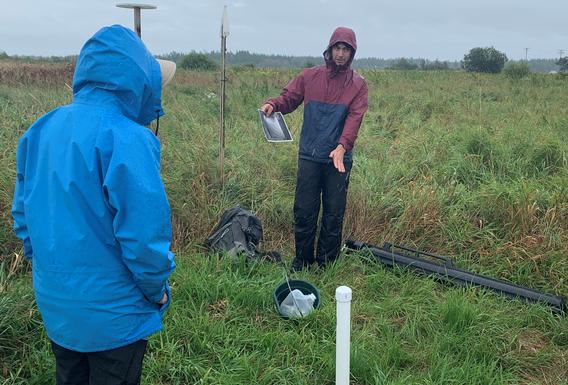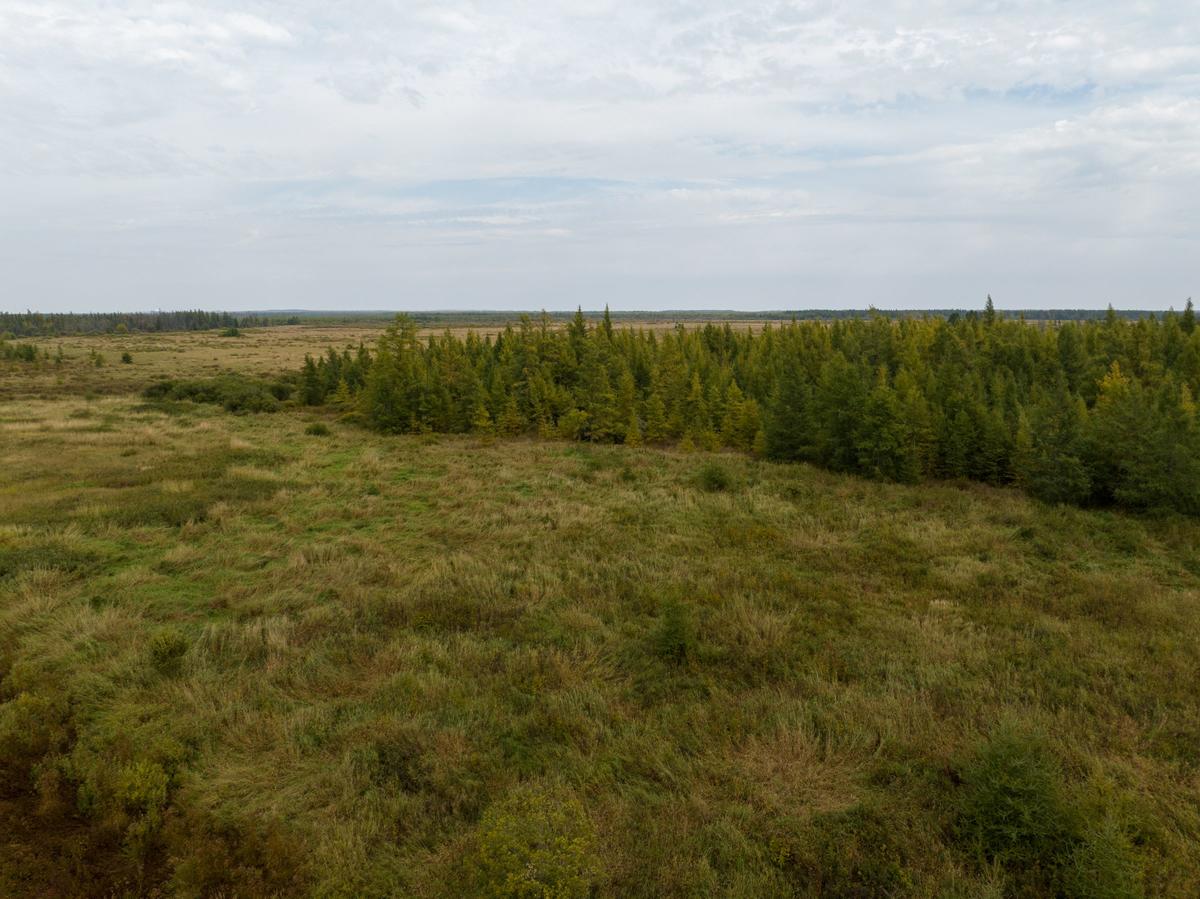For a lot of reasons, restoring a drained peatland is challenging. Peatlands are ecologically complex, they form over thousands of years, and are maintained by specific hydrology. But reasons to do it – and do it right – are increasing. Especially because peatlands hold a lot of carbon that is best kept in the ground.
So, as the world wrestles with how to reduce carbon emissions and slow climate change, it’s prescient that among NRRI’s properties is 525 acres of restored fens peatlands in northern Minnesota. NRRI acquired these two separate acreages, together called “The Fens,” in 1986 to restore their function after being drained in the 1950s for farmland.
It was a huge and unique endeavor that took over 20 years. Drainage ditches were filled to restore hydrology, the vegetation on the site was removed and the land was leveled, and peatland donor vegetation was applied and protected to re-seed the land.
But ongoing research is needed to understand whether all that effort successfully delivered a functioning peatland. Was the restoration an ecological success? That’s NRRI’s current focus at The Fens, starting with developing the appropriate research protocols.

“Regulatory agencies want wetland ‘functions and values’ to be restored,” explained NRRI Water Research Group Leader, Valerie Brady. “But we mostly assess success only by what vegetation regrows on the site and just assume that all ‘functions and values’ follow. NRRI is now investigating this directly.”
NRRI pulled expertise from across the institute to develop a comprehensive and quantitative assessment plan for The Fens sites. They’ll determine the effectiveness of past restoration efforts, while testing and refining monitoring and assessment methods that can be applied to other sites. The goal is better outcomes for public and industry peatland restorations nationwide and globally.
Carbon Sink
Given peatland’s ability to capture and store carbon, the true value of a deeper knowledge of this ecosystem is playing out in real time. Few studies have been done on the effectiveness of many aspects of peatland restoration. NRRI research is developing additional indicators for successful assessments, including estimated cost and amount of effort required to collect the data.
And it’s not a small effort. NRRI researchers wade to sampling locations in standing water that ranges from none to more than knee deep that must be reached on the same day.

“Your typical cattail-type wetland is much better studied than fens and bogs which are difficult to work in,” explained Brady. “Adding to this complexity, the history of disturbance and the restoration process created a mosaic of wetland habitat types across our site.”
There are many questions to be answered. What mammals and birds now live on or use the restored areas? Did the restoration get the hydrology right to support the target vegetation? Will peatland vegetation outcompete invasive species, or do humans need to help? But the most important question is: Is peat accumulating again? That is, are the sites doing the most basic function of a peatland - creating peat?
Ready for the Future
The Fens site, with its two equipment garages and office building, needs time and investment to reveal its potential. NRRI recently conducted a highly successful equipment auction to recoup some of the costs incurred during the construction phase of the Fens sites.
Going forward, NRRI will continue to monitor and characterize the peatlands while considering investment in the buildings and new greenhouse gas micrometeorological monitoring technology. These” flux” measurements are used to determine the exchanges of carbon dioxide, methane, water vapor and energy between the peatland and atmosphere, which are important for climate change research.
“NRRI’s relevance for today’s challenges really shines at The Fens facility,” said Brady. “We can provide that bridge between water, climate change, carbon sequestration and restoration science.”
